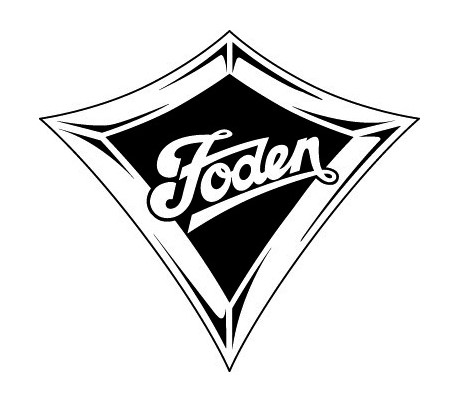 Originally founded in 1856 by one Edwin Foden, the company first had a reputation in the 19th and early 20th century for building steam wagons, traction engines, and other types of agricultural machinery, some of which were the finest in the industry. But in the early 1930s, Foden moved on to diesel power and since then has become one of the UK’s top notch manufacturers of diesel-powered commercial vehicles. Unfortunately, however, the company disappeared into the pages of history in 2006 after 150 years in existence, making Foden one of the oldest names in the industry.
Originally founded in 1856 by one Edwin Foden, the company first had a reputation in the 19th and early 20th century for building steam wagons, traction engines, and other types of agricultural machinery, some of which were the finest in the industry. But in the early 1930s, Foden moved on to diesel power and since then has become one of the UK’s top notch manufacturers of diesel-powered commercial vehicles. Unfortunately, however, the company disappeared into the pages of history in 2006 after 150 years in existence, making Foden one of the oldest names in the industry.
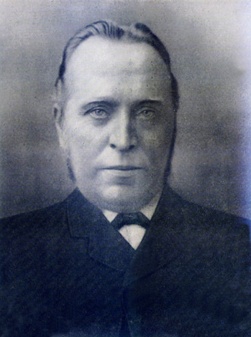
The company’s founder, Edwin Foden.
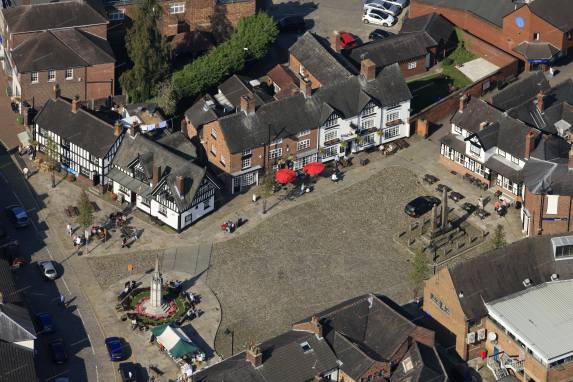
Sandbach, Cheshire. Where the company was founded in 1856.
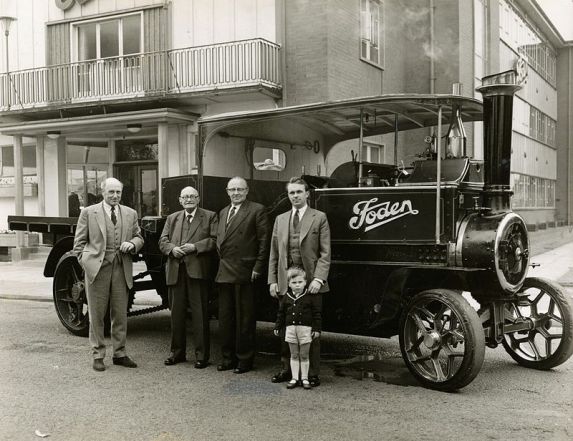
In the 19th and early 20th century, Foden first had a reputation for building some of the finest steam powered commercial vehicles and agricultural machinery in the world.

An example of a Foden traction engine. Built in 1920 and named Rob Roy, after famous Scottish outlaw Rob Roy MacGregor.
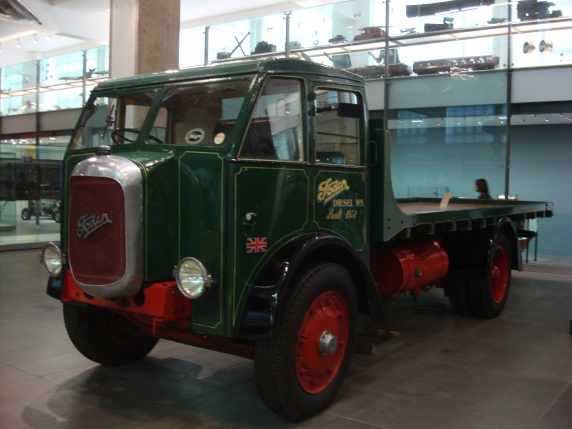
After many years of building steam powered vehicles, Foden moved on to produce diesel powered commercial vehicles in the early 1930s. This F1 Prototype, on display at the Science Museum in London, was the company’s first diesel powered truck and regarded as the first “commercially successful type of diesel lorry”.
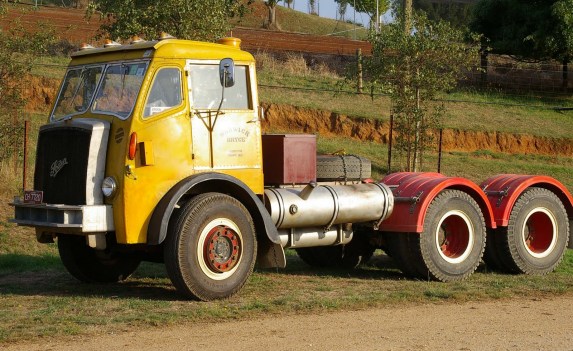
Foden’s FG model range was one of the most popular in the 1950s. This particular model, the 8/40, was just such an example. Powered by an 8-litre Gardner 8LW straight eight diesel, putting out 180 horsepower at the lowest of 1700 rpm, whilst mated to Foden’s twin-stick twelve-speed transmission. All of this was provided for the 8/40’s sheer ability to haul extremely heavy loads. This example shifted earthmoving equipment in central New South Wales in the mid 1950s.

After Foden’s arch rival ERF’s KV (Kleer Vue) Series came on the scene in 1952 with its ultra modern cab, of which had made Foden’s FG model look ordinary by comparison, Foden needed a model that would rival ERF’s KV Series for style. The S20 was just such the answer. Launched in 1956 with a much more rounded and stylish cab than its squared predecessor, the S20 ensured that Foden had caught up, stylistically, to ERF’s KV Series. This particular S20 is special. Note the grill, of which has been extended in order to accommodate a huge Rolls-Royce engine!

After the stylish S20, Foden went one step further with what is quite arguably their most famous model: The S21. Launched in 1958, and earning the nicknames ‘Spaceship Sputnik’ and more famously ‘Mickey Mouse’ due to its distinct and ultra-modern proportions, the S21 was considered the most attractive of all the post-war models that rolled off the production line. But there’s more to the S21 than just appearance, as it also consisted of the first cab in the industry to be made of glass-reinforced plastic (GRP). In short, it set new standards for the industry.

In 1980, Foden went into receivership and was acquired by the American giant PACCAR, thus becoming a division of that company.

The Alpha, essentially a re-badged DAF CF (as DAF is also a subsidiary of PACCAR) , was the company’s last model line-up before it disappeared into the pages of history for good.
